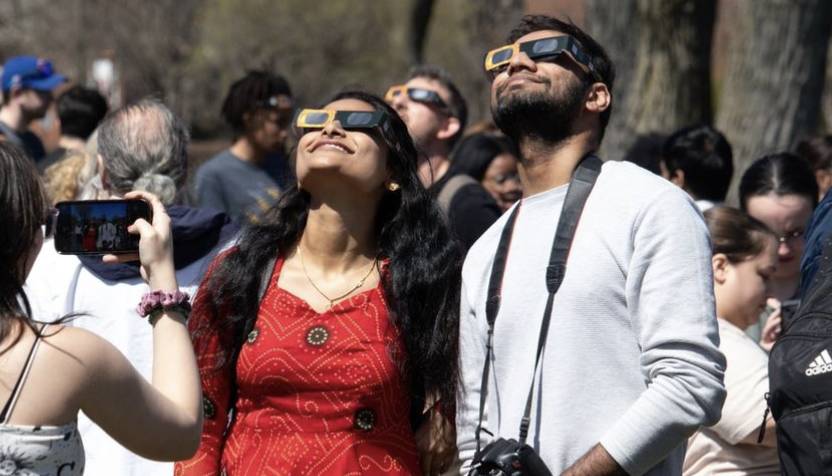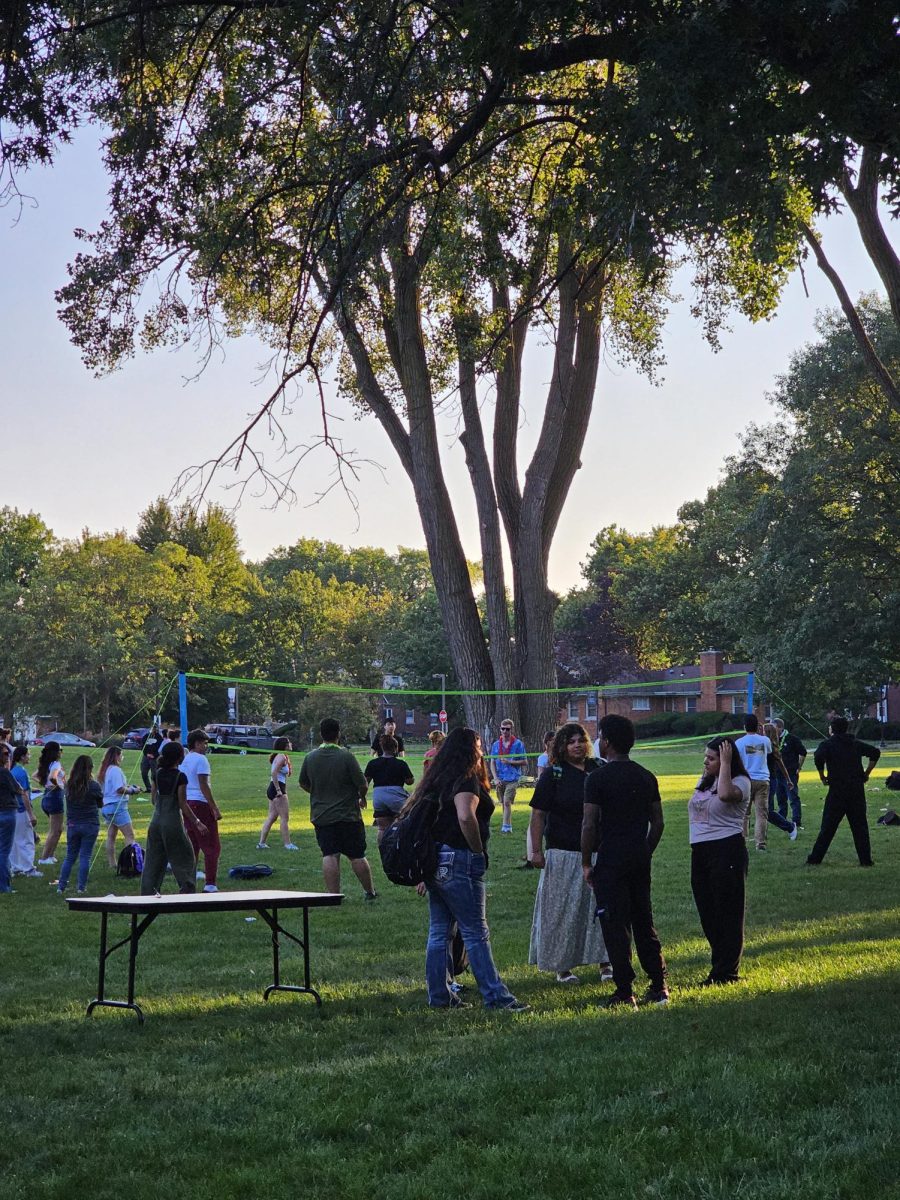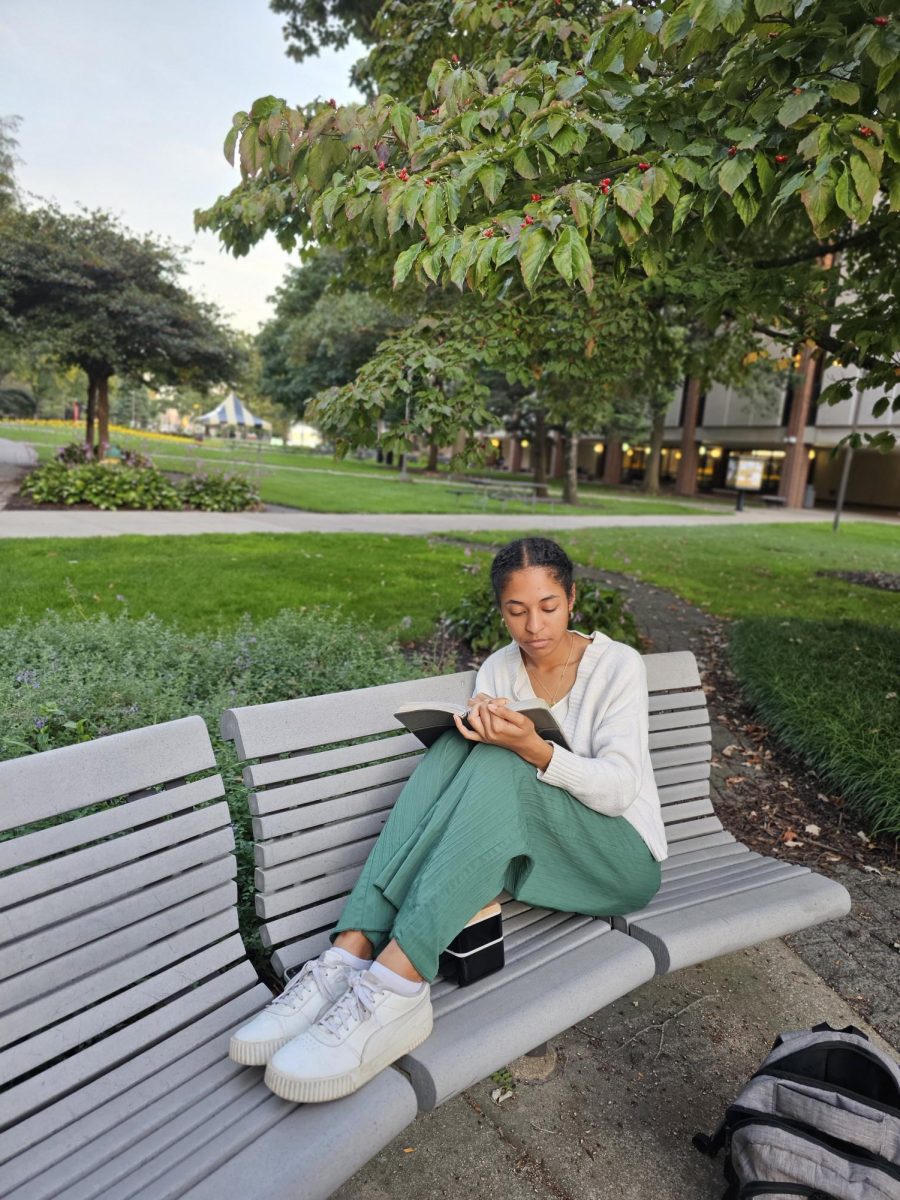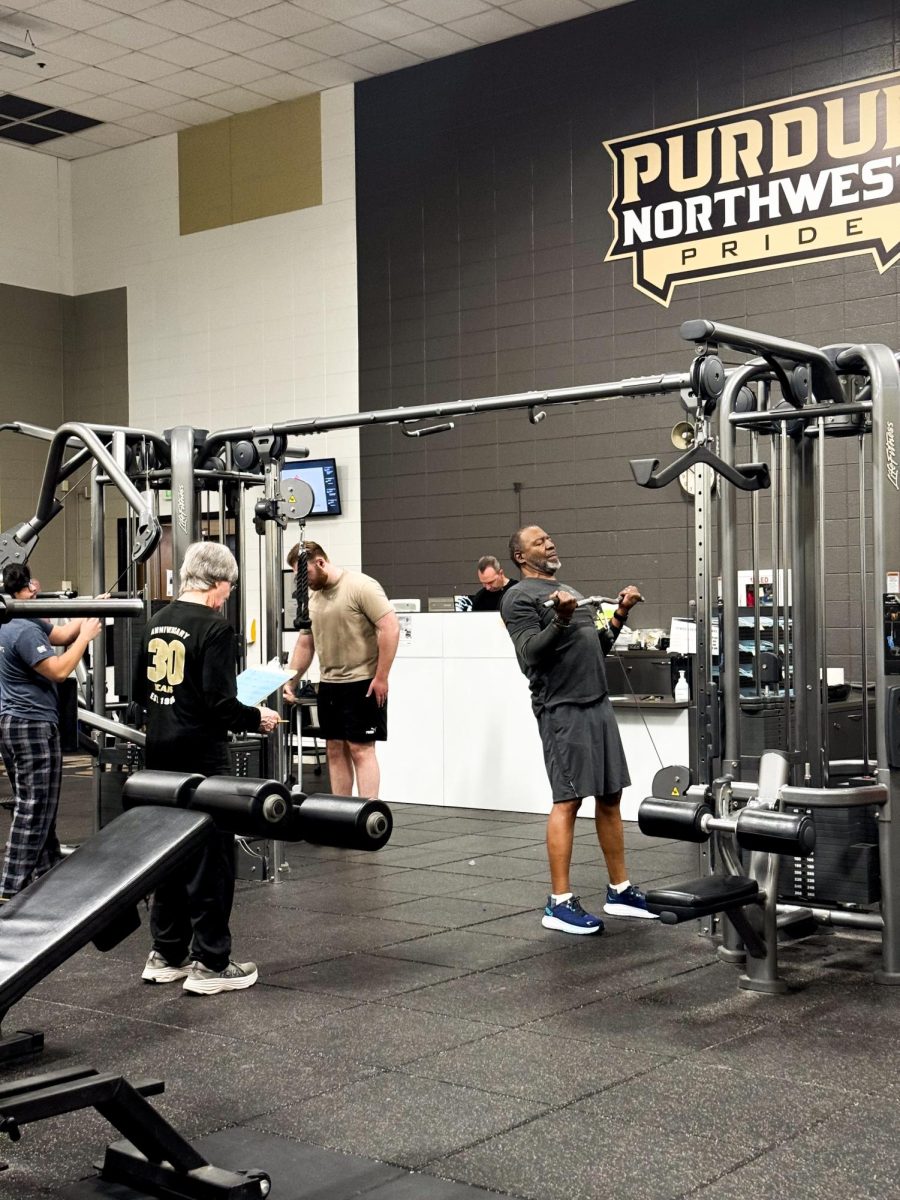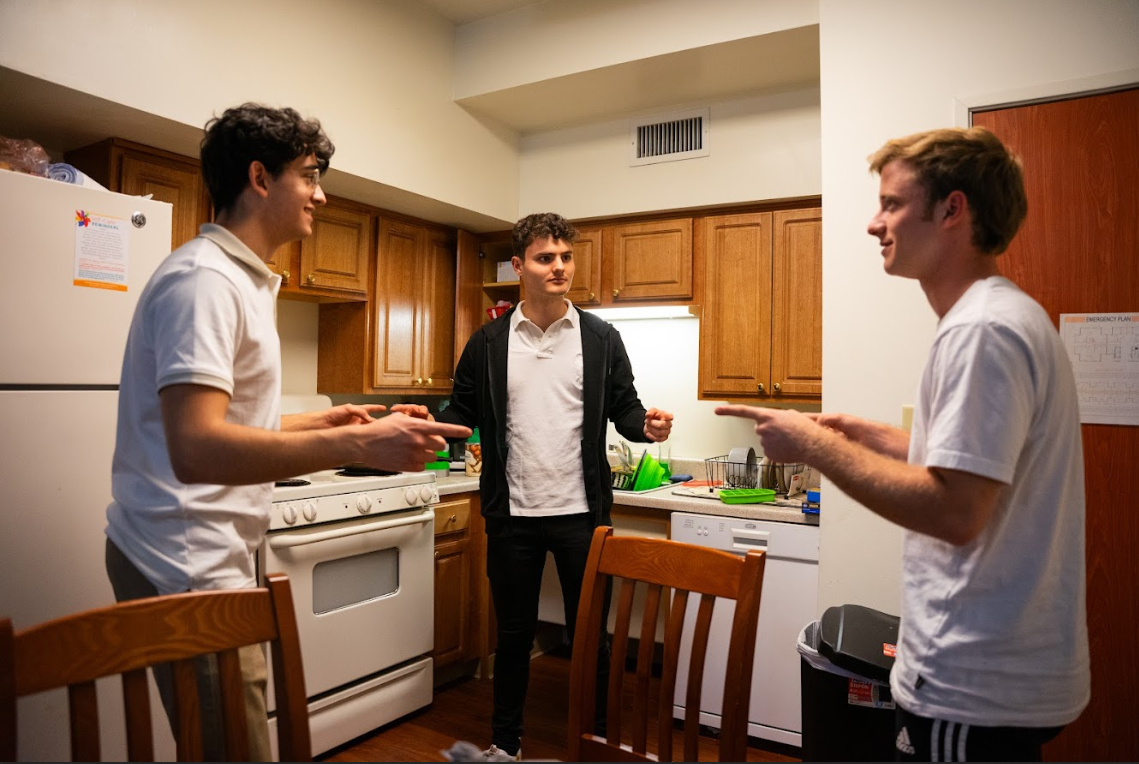Administrators are asking faculty to be flexible about attendance so students can experience a once-in-a-lifetime solar eclipse next Monday.
“The upcoming event is a big deal for us,” said Adam Rengstorf, a PNW astronomer and director of the Northwest Indiana Robotic Telescope observatory. “A solar eclipse in Indiana is very rare. The last time a total solar eclipse occurred anywhere in Indiana was Aug. 7, 1869. The next time … is Sept. 14, 2099.”
Hammond will experience a 95% partial eclipse on Monday. Westville will have a 96% eclipse. Total eclipses will be visible further south and east, from Indianapolis, to Fort Wayne and Muncie, each a drive of two to three hours.
Interim Provost Niaz Latif circulated a letter authorizing instructors to cancel classes so students can travel to the path of totality where a 100% eclipse will be visible.
Some faculty will encourage students to observe the eclipse closer to home.
“I only have one class during the viewing period. It starts at 11,” said Justin Ness, English lecturer. “I’m planning to … dismiss 20 minutes in so everyone can get to the viewing.”
Both Hammond and Westville campuses will host eclipse viewing parties from 11:30 a.m. to 1:30 p.m. The university will provide certified solar viewing glasses that allow students to safely watch the eclipse. Snacks with an eclipse theme will be served, said Savannah Benitez, a Student Life worker.
“We have different activities, snacks and refreshments for students to enjoy before the eclipse. It will be an outside hangout,” she said. “We thought the viewing party would be a great way to bring students together and wait for the eclipse to happen while having fun in the process.”
In Northwest Indiana, the eclipse is expected to begin at 12:51 p.m. and reach its peak at 2:05 p.m.
Jaqueta Hollins, a senior Biochemistry major, looks forward to it.
“It’s a once-in-a-lifetime thing,” she said. “You don’t get to see something like this all the time.”
During an eclipse, the sun, moon and Earth align and the moon blocks the sun, casting a shadow on Earth along the eclipse’s path. The farther away you are from the center of this path, the less the moon will obscure the sun.
In a total eclipse, observers experience twilight and will be able to see bright stars and planets in the sky. Inside the path of totality, the shadow causes temperatures to drop and the light and wind to change. Insects and animals may fall silent. Some birds might return home to roost.
The moments of totality last anywhere from a few seconds to over four minutes, depending where you are inside the path.
“With solar glasses, it will be an impressive site [in Northwest Indiana] but you will miss out on totality,” said Rengstorf. “As others have mentioned, a 95% partial eclipse is a 0% total eclipse.
“That last few percent makes a huge difference,” he said. “I have canceled my classes for that day and will be traveling to try to view the total eclipse. I’m going to check the weather the night before and head for the closest part of the path of totality that looks like it’ll have clear weather.”
Bradley Bieniak, Madeline McCue, Zachary Mullin and Logan Edgemon contributed to this story.


